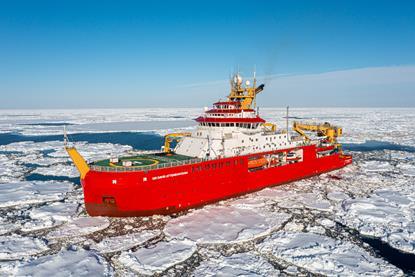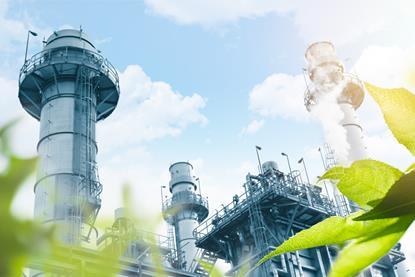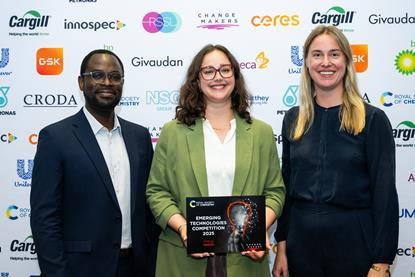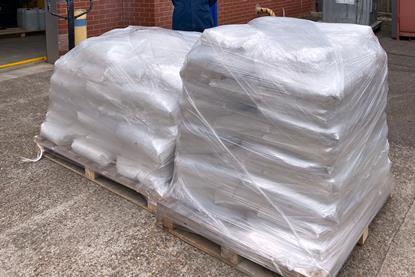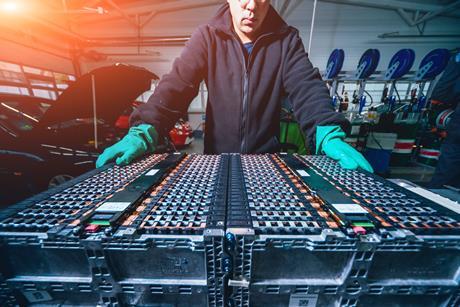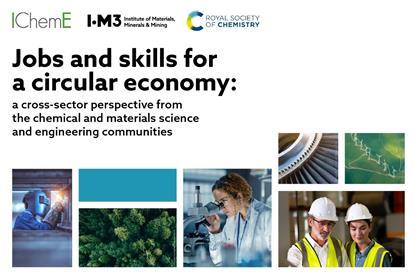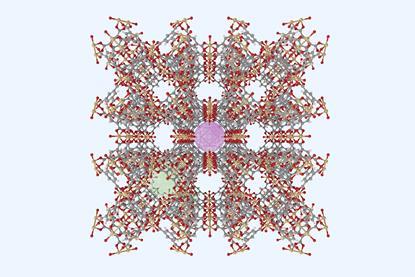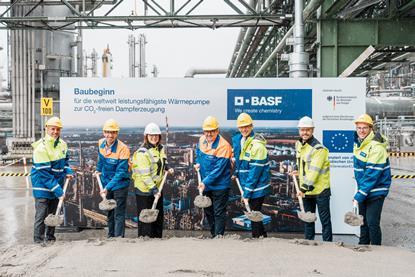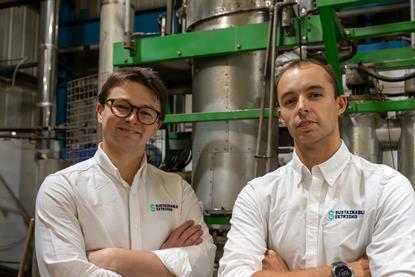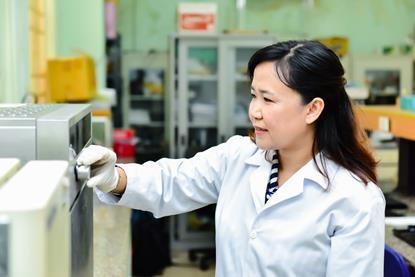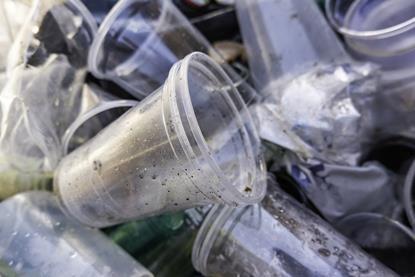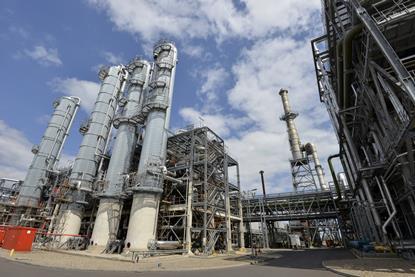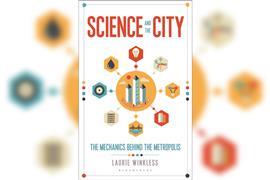Cop26: together for our planet
The 26th UN Climate Change Conference of the Parties, better known as Cop26, held in Glasgow, UK, is a crucial opportunity for world leaders to gather and agree how nations will work together to reduce and mitigate the impacts of climate change. There is much at stake, and many political, economic and societal factors are involved in overcoming this global challenge. One thing of which we can be certain is that chemical science will make a significant contribution to the innovations and technologies needed for a greener future.
The Antarctic manganese mystery
RRS Sir David Attenborough scientists are trying to measure the potentially crucial role of ocean manganese, finds Andy Extance. But how do you do cutting-edge science in the inhospitable Southern Ocean?
Global analysis identifies trends in platform chemical research
Ammonia and methanol lead shift towards greener technologies
Taking aerogel insulation from spacecraft to living space
Nanoplume’s bio-based materials are super-insulating but also cheap and scalable
The RSC’s climate challenge
The Royal Society of Chemistry aims to use Cop26 as a springboard to a more sustainable future. Rachel Brazil reports
Inhaler propellant switch is worth the effort
Memories of a year spent testing new inhaler valve designs
We’ll always have Paris… won’t we?
A decade on from Cop21, the Paris agreement has delivered change, but keeping it on track is getting harder
UK firm reaches tonne scale MOF manufacturing
Promethean Particles’s continuous flow process can produce carbon-capturing material at 100kg/hr
How a circular economy and nanotech save us from a clean energy bottleneck
A carbon-neutral future depends on smarter materials and circular thinking
Algenesis cracks diisocyanate problem to make fully bio-based polyurethane
Process combines algal fermentation with flow chemistry and avoids hazardous phosgene
Going round in circles over skills
Closing skills gaps in key professional groups requires collaboration between government, industry and educators
Food and us: the incredible story of how food shapes humanity
Learn about the intricate interplay between our genetic and physical makeup and the food we eat
Arlene Blum: ‘Our summit is reduced toxics’
The biophysical chemist on the link between climbing and reducing the use of toxic chemicals
Have MOFs now made it?
Will Nobel prize speed porous materials to commercial success?
BASF begins building huge industrial heat pump for low-carbon steam
When powered by renewable electricity, BASF says system will cut carbon emissions by up to 98%
Solar cell progress hinges on more than just materials
Solvents are a critical factor in the quest for more sustainable energy
Sailing towards recycling composite textiles
Sustainable Extricko is using superheated steam and pressure to recycle intractable materials used in sailing
Van Thi Thanh Ho’s mission to build up sustainable chemistry in Vietnam
She’s driving commercialisation and inspiring new generations of scientists with her passion for green technology
Transforming plastic waste into an efficient CO2 capturing material
Upcycled amide can efficiently capture carbon dioxide from flue gases, as well as air
How is carbon dioxide being turned into food in the lab?
Butter made from captured CO2 is the latest food item to make headlines, highlighting growing interest in this field
UK biofuels burning out
With UK plants facing closure, what are the options and issues around different renewable fuels?
Kesterite solar cells break efficiency ceiling after decade-long stall
Once-promising kesterite solar technology has finally broken through its efficiency ceiling, jumping from a decade-long stall at 12.6% to nearly 17% in just three years – putting commercial viability within reach.
Podcasts

Racing Green by Kit Chapman – Book club
Motorsports are saving the world
Source: © Royal Society of Chemistry
- Previous
- Next
